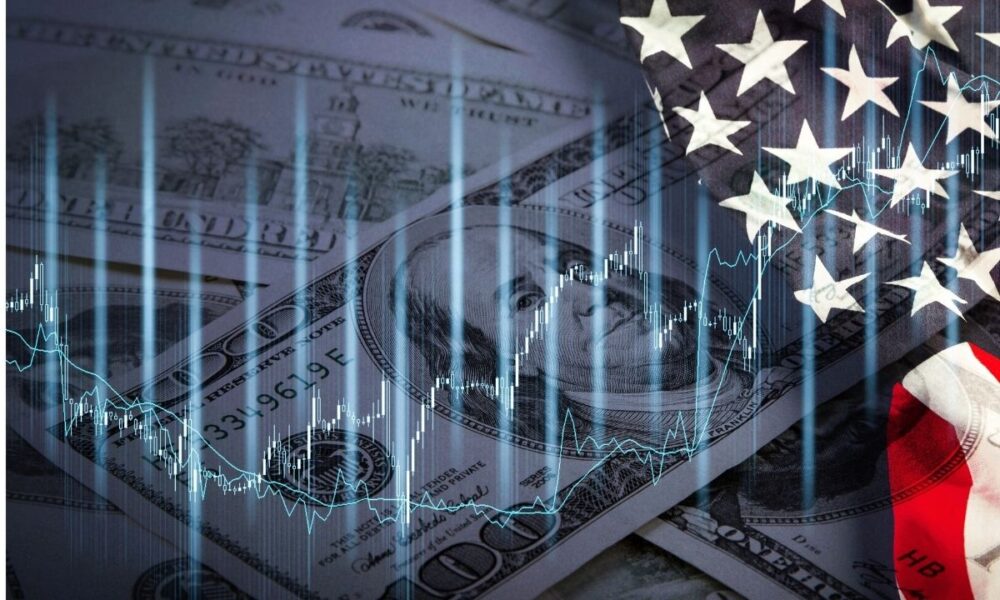Federal Reserve Bank of St. Louis President Alberto Musalem says he believes the U.S. economy will experience a strong rebound early next year.
Musalem made the comments while speaking with Bloomberg, highlighting the need for the central bank to be cautious about further interest rate reductions.
“We’re going to get, I think, a substantial rebound in the first quarter,” said the Federal Reserve official, per Bloomberg. Musalem expects the economy to bounce back, driven by the end of the government shutdown, increased deregulation, fiscal support, and the impact of the two recent rate cuts.
According to Musalem, the current Fed policy is close to the level where it would no longer put downward pressure on inflation, implying additional rate cuts could risk accelerating costs in the economy.
“It is very important that we tread with caution, because I believe there’s limited room for further reductions without monetary policy becoming overly accommodative,” he said.
Fed officials are currently at odds over how policy should develop at forthcoming meetings. In October, Fed Chair Jerome Powell stated that there is no guarantee the central bank will enact a third cut before the end of the year. Other officials have also shown support for a pause in rate cuts, citing inflation that persists about the Fed’s 2% target.
However, as recently reported in The Dallas Express, Federal Reserve Governor Stephan Miran believes the central bank could trigger a recession if rates were not lowered aggressively enough, a position he shares with President Trump.
Musaelm said he is seeing growing signs of strain among low- and middle-income U.S. households in covering their monthly costs. The trends, he says, “drive home the importance of our delivering on the inflation mandate, returning that back toward 2%, so that people can rebuild their real incomes.”
The St. Louis Fed chief claims that only about 40% of the inflation in the economy that persists above the 2% target is linked to tariffs. Policymakers, he says, need to tackle other factors that are driving prices higher, including sticky services inflation.


